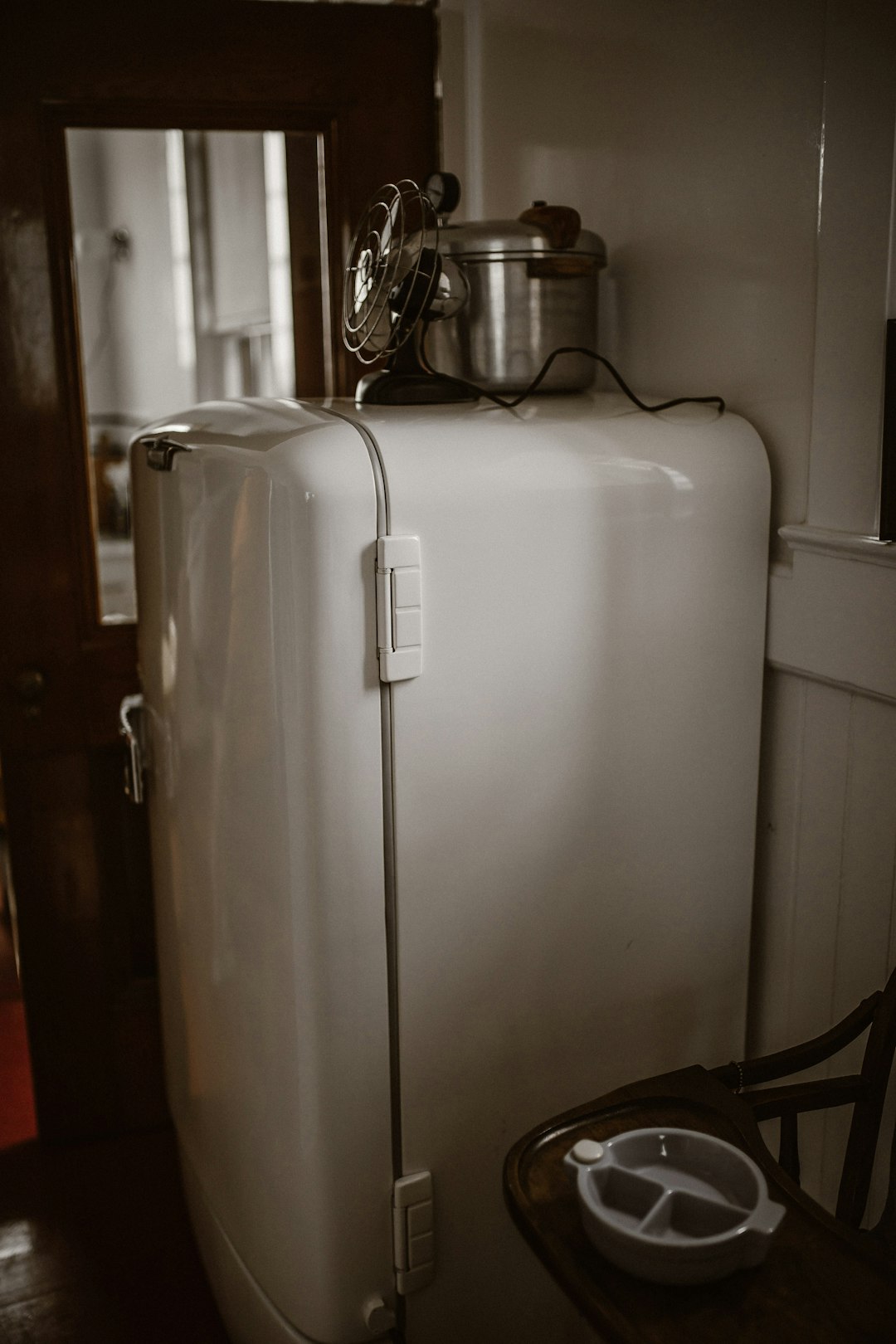Refrigeration Cycle is a preferred term used in the HVAC sector. Thermodynamic refrigeration cycles or refrigeration cycle are the mathematical as well as theoretical versions for a/c, refrigeration as well as heatpump systems. A heatpump is an electric gadget that allows for the transportation of warm from one location to an additional place at a much lower temperature. These systems have actually been extensively used for more than a a century, nonetheless the technology has actually been improved to the point where these systems can deliver a better of outcome at reduced costs. A thermodynamic refrigeration cycle is a straightforward version that was initial established around 1900. This model of refrigeration cycle has several one-of-a-kind attributes which are special to it. Among these features are the existence of a power transition, the existence of a warmth reservoir, and the presence of a warmth source. This principle has actually given that been improved upon. Thermodynamics is one branch of math that is made use of in the area of COOLING AND HEATING. This branch of math deals with the principles that describe how different systems in nature job. If we can learn exactly how these systems work, then we can find out how cooling and furnace work. For example, if we can understand the partnership between the warm transfer formula, we will be able to boost our understanding of air conditioning. Thermodynamics is additionally essential in the field of HVAC, because it explains a multitude of procedures that happen in warmth transfer. If we understand exactly how these processes work, then we will certainly be able to design much better refrigeration cycles. There are two components to a refrigeration cycle. The very first component is the compressor or condenser as well as the second component is the evaporator or the air conditioning tower. When a refrigeration cycle is being run, there are two different components that are involved. One is the compressor as well as the various other is the condenser. The compressor is responsible for pumping chilly temperature levels from the compressor to the evaporator. There are two sorts of compressors that can be used in the refrigeration cycle; the reciprocating and the centrifugal. Centrifugal compressors use a rotation movement, which is why they are much better suited for cold temperature levels. On the other hand, the reciprocating compressors use centrifugal pressure to move warm temperatures to the compressor where it is cooled before it is passed on to the evaporator. In a conventional refrigeration cycle, the evaporator is left ignored. Consequently, the evaporator is subjected to warm vapors released from the compressor. As soon as the temperatures get to boiling factor, the gas from the steam is forced via the pipes as well as leaves right into the air as a gaseous mixture. This aeriform blend, nevertheless, is not strong sufficient to induce dissipation because it consists of more vapor compression cycle elements than the functioning fluid therefore, it mixes with the cozy ambient air.

